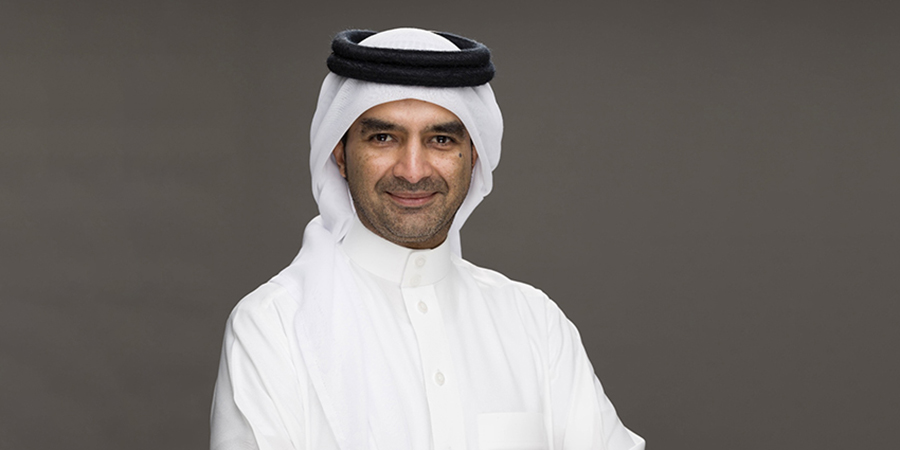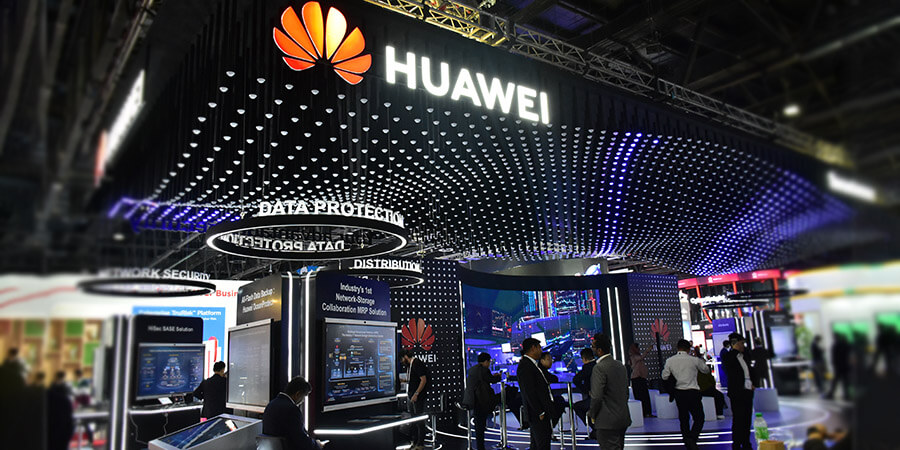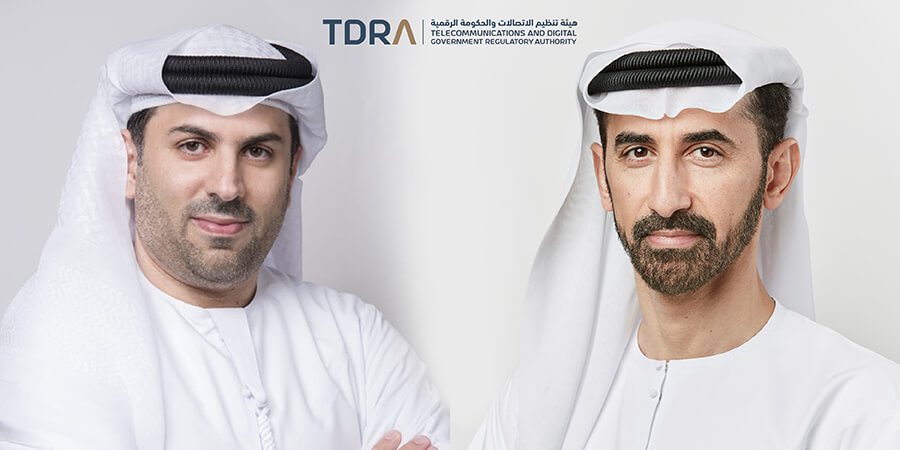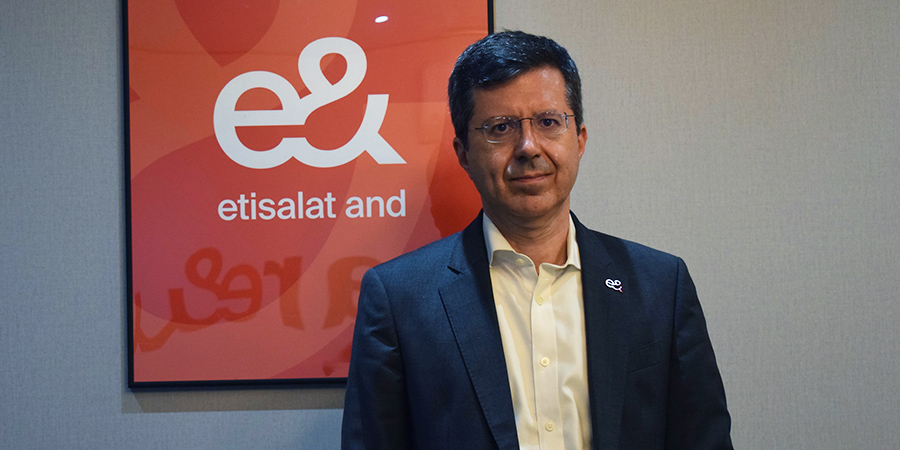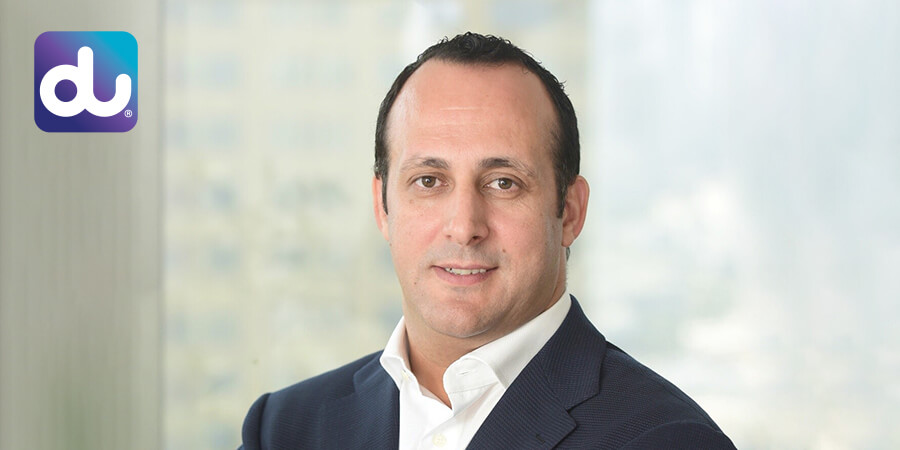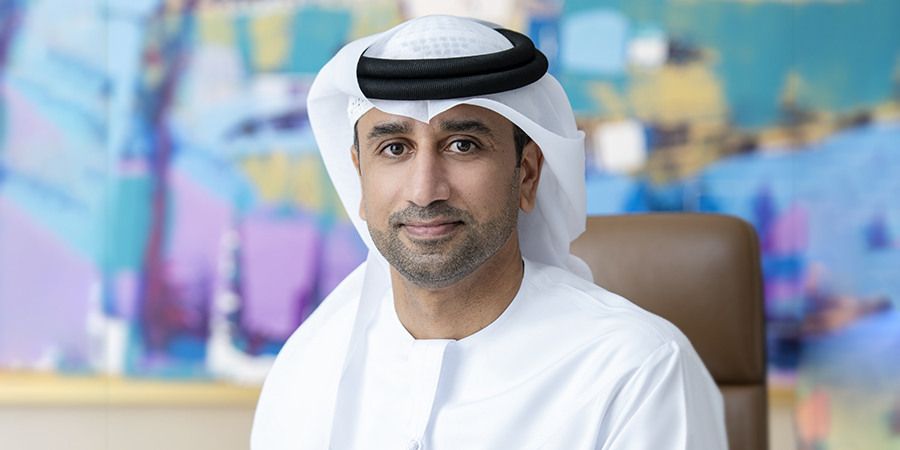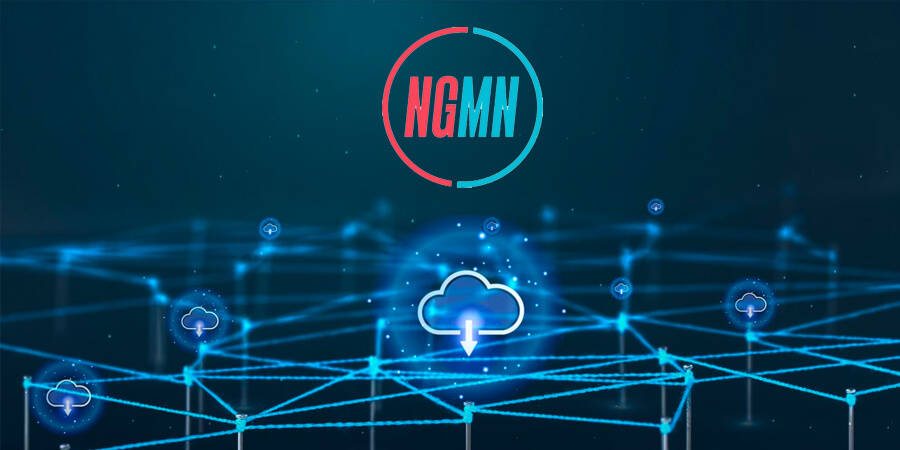In a significant step as part of the evolution of du's network, Huawei and du have jointly launched the world's first commercial Transport Software-Defined Network (T-SDN) on the host network. This innovation by du follows a string of improvements in the region such as the deployment of the first 400G OTN network in the Middle East. On the T-SDN network, a Bandwidth on Demand (BoD) application has been successfully deployed between data centers in Dubai and Abu Dhabi, transforming the traditional network to a Data-Center based SDN host network.
Under the new industry structure, introducing new technologies such as SDN helps carriers quickly respond to and implement service transformation, and therefore overcome new challenges in their network operation.
As a leading telecommunications service provider in the Middle East, du has seen a sharp increase in service traffic through big data, leading to new challenges in harnessing this data. By constructing a T-SDN network with Huawei, du has achieved accelerated service connections while fully utilizing network resources. The BoD (Bandwidth on Demand) service provided by the T-SDN network helps implement more flexible Data-Center service scheduling and greatly improves user experience while managing services through effective bandwidth optimization and interval of time. In addition, the T-SDN network provides functions such as intelligent optical-layer commissioning, fault simulation, and centralized route computation, which significantly streamline network operation and facilitate future automated network operation. The Launch of T-SDN commercially marks the arrival of du into SDN era, which provides reference for a future network-wide SDN network transformation.
Jasim Al Awadi, vice president, Network Infrastructure and Services, du, said: "The introduction of T-SDN adds to many of our other firsts and accomplishments on the network front in the UAE. The T-SDN network jointly deployed with Huawei will effectively enable us to streamline network O&M and accelerate service provisioning."
"The successful deployment of du's T-SDN network is an important milestone in host network evolution. It fully releases network potential and provides assurance for accelerating carrier service provisioning and improving user experience," said Gao Ji, president of the Huawei transport network product line.
With increasingly open operation environments, competition in the telecom industry is becoming fiercer, user consumption modes are changing continuously towards mobility and intelligence, and diversified internet services are emerging. All these trends are driving the restructuring of the ICT (Information & communication Technology) industry and making service convergence and competition the new norm.



